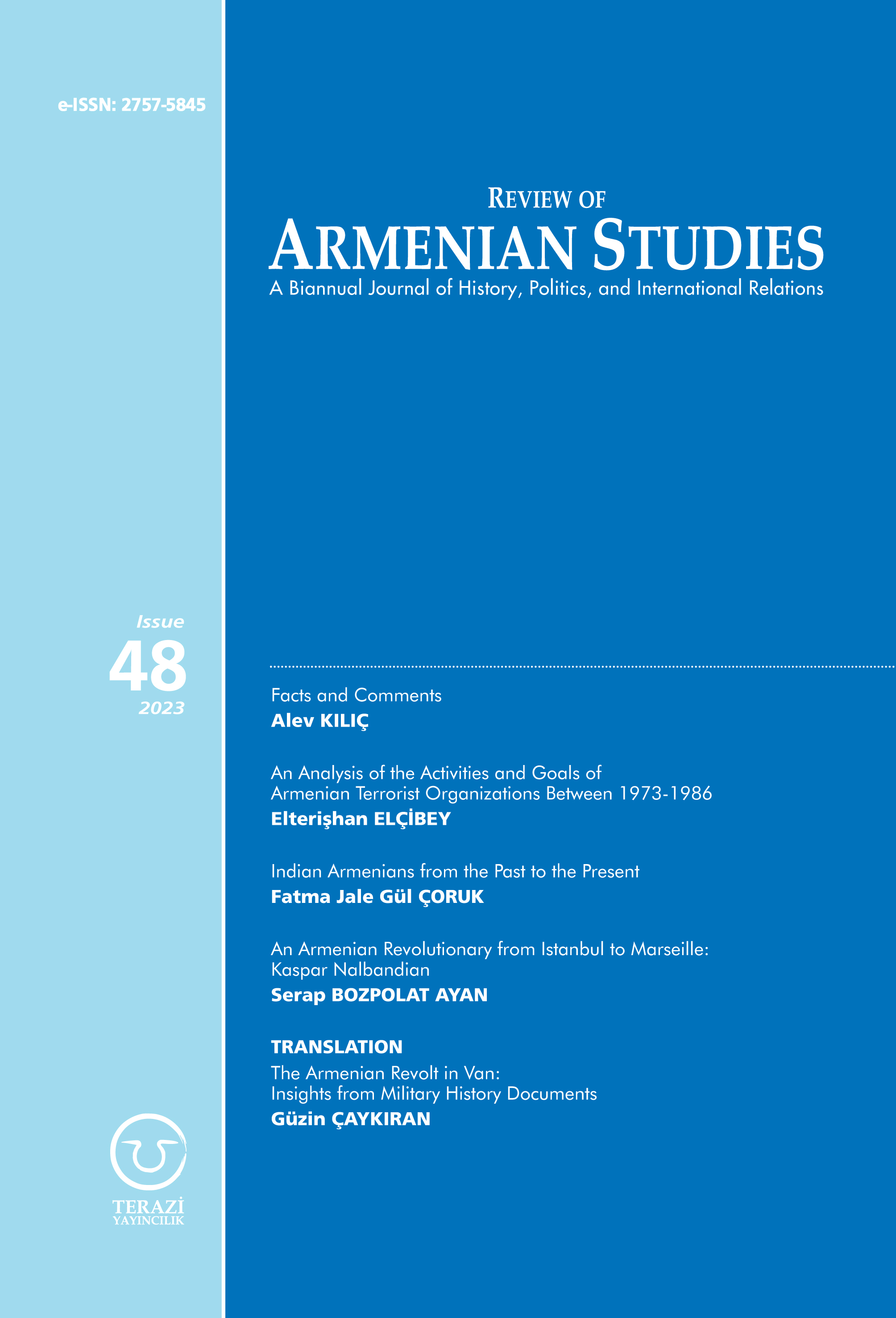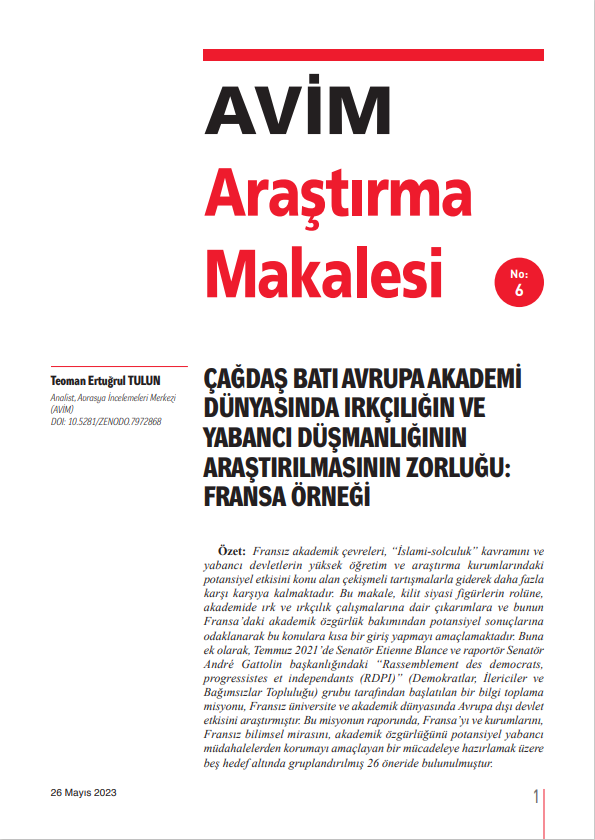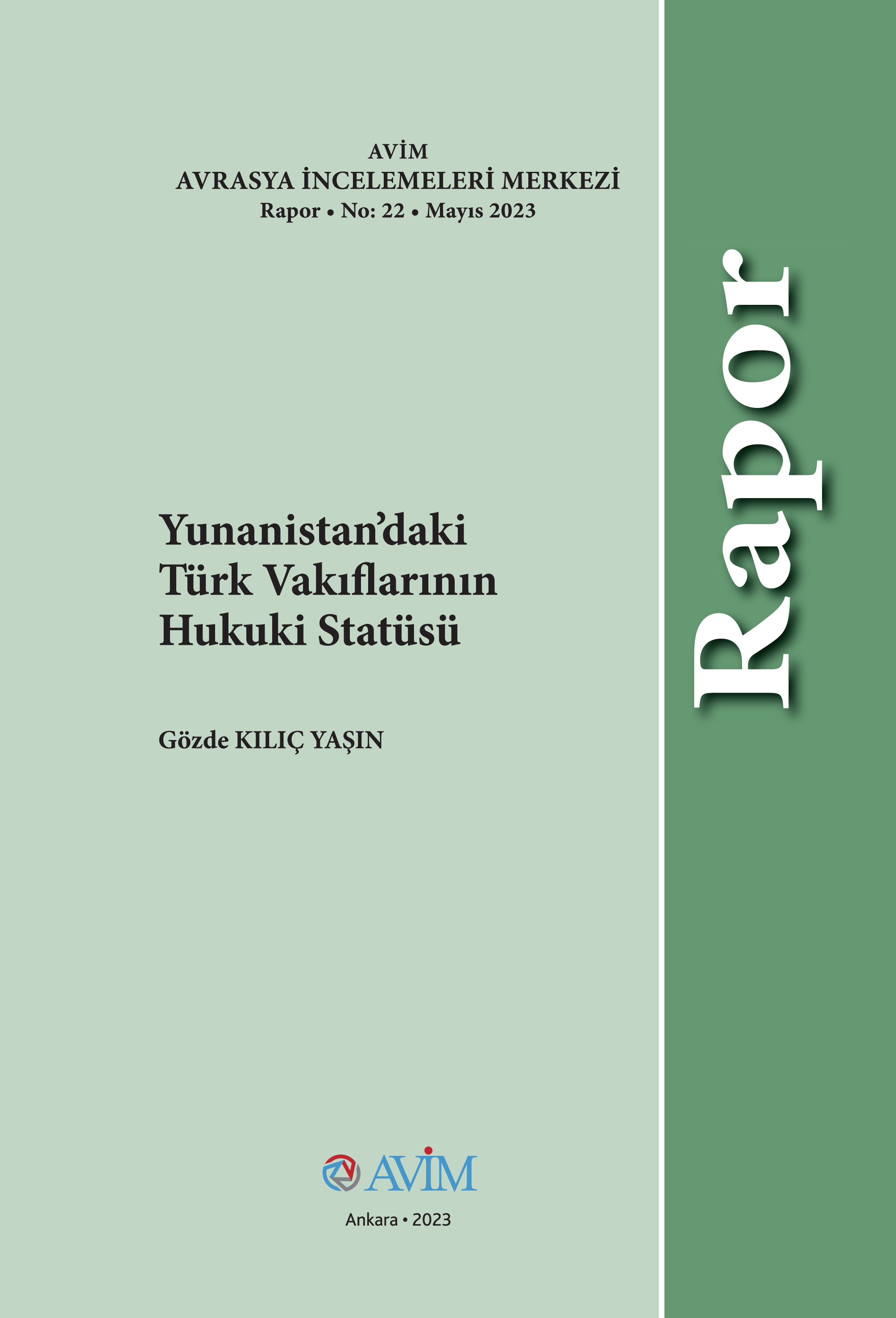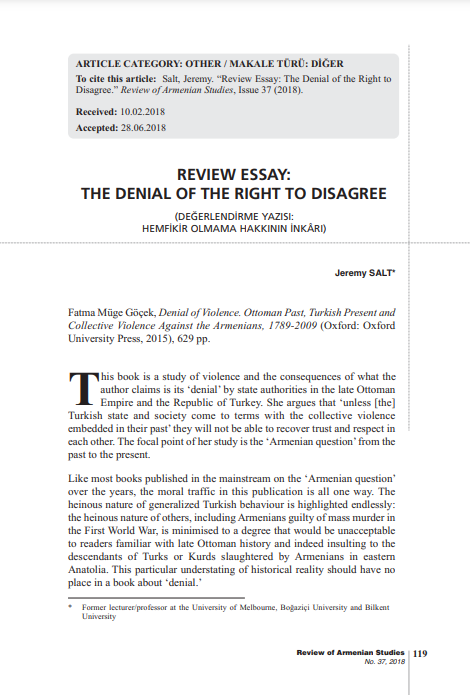Deutsche Welle (24 May 2019)
Theresa May came into power after the Brexit referendum, yet she never managed to unite the Conservatives. Before stepping down as prime minister, May was one of the most powerful women ever in British politics.
To call Theresa May's resignation the end of an era would be an exaggeration. After all, she was only the United Kingdom's prime minister for a little over two years.
But she has become the face of one of the most important developments in the history of the country: Brexit. This millstone around her neck ultimately proved to be her downfall. But her last gambit, offering the prospect of a possible second referendum and closer trading arrangements with the EU, triggered a revolt by some Brexit-supporting ministers. In the face of overwhelming and increasingly hostile public and political opposition, May finally caved in to the pressure.
May moved into 10 Downing Street in July 2016. Her predecessor, David Cameron, had stepped down after a majority of voters opted to leave the European Union on June 23, 2016. Cameron had called the referendum himself, hoping to silence euroskeptics in the UK.
Boris Johnson is the bookmakers' favorite to become Britain's next prime minister. 'BoJo' is widely tipped following stints as mayor of London and as foreign secretary in Theresa May's government. The 54-year-old sparked controversy in 2018 following remarks on women wearing burqas saying that it was "absolutely ridiculous that people should choose to go around looking like letter boxes.”
Shewon her first seat in Parliament in 1997 and was chairwoman of the Conservative Party from May 2002 to November 2003. Over the course of her political career, she cultivated an image of decisiveness, unflappability and calm.
Before becoming Britain's second female prime minister, after Margaret Thatcher, May had spent six years and two months as home secretary beginning in 2010 — the longest tenure since James Chuter Ede, who had held the post from early August 1945 to late October 1951.
As home secretary, May made a name for herself with her hard-line positions on immigration, which the government pledged to reduce. In 2015, she gave a controversial speech in which she said immigration made it "impossible to build a cohesive society."
May, however, is also seen as a pragmatist who has taken different positions during her long career in politics. She backed same-sex marriage, for one example.
May's stubbornness proved to be her downfall
In the run-up to the 2016 referendum on whether the UK should leave the EU, May had been part of the "Remain" campaign, but, upon becoming prime minister, she sought to reassure those who had voted to leave that she would respect their wishes.
"Brexit means Brexit," May said, and promised to "make a success" of withdrawing from the EU.
During her time as prime minister, several terror attacks occurred in the United Kingdom, and a fire at the 24-story Grenfell Tower killed 72 people in June 2017. May visited the burned-down residential building in London the day after the fire, but didn't meet with survivors. She was harshly criticized and later said she would "always regret that by not meeting them that day, it seemed as though I didn't care."
The fire came just weeks after the early general election May had called — which proved to be a mistake. She had hoped that the vote would strengthen her position in Brexit talks with the EU. Instead, it became a humiliation, with the Conservative Party losing 13 seats and its majority in Parliament, forcing her into a deal with the Northern Irish DUP party to prop up her minority government.
Historian Garton Ash: Brexit may be worse for EU than UK
From the beginning May faced criticism from some Conservatives and other long-standing Brexit supporters for her white paper on future trade relations with the European Union. Her plan to have a common rule book with the EU following Britain's withdrawal resulted in the resignations of then Foreign Secretary Boris Johnson and Brexit Minister David Davis. His successor Dominic Raab also quit in protest at her withdrawal agreement making incumbent Stephen Barclay the third Brexit minister in the space of two years.
The scuffle about trade rules was only the most recent argument in a long line of disagreements in Parliament and in May's Cabinet about how best to protect national interests during the Brexit negotiations. The other key bone of contention was the so-called Irish backstop, a safety net to ensure an an open border between Northern Ireland and the Republic of Ireland in the event the UK leaves the EU without securing a deal. Hard-line Brexiteers wanted her to ditch the backstop, arguing that it would handcuff the UK to the EU's customs union indefinitely. Her last, desperate attempt to shore up support for her deal involved weeks of fruitless and ultimately unsuccessful talks with Labour.
Read more: Brexit: Why is the Irish backstop so controversial?
In the end, the referendum result that had swept May into office has helped bring her down, too.
Great Britain's Prime Minister Theresa May has a thing for leopard print, which was first noted when she wore leopard print heels to a Tory party conference in 2002. "The Sun" tabloid recently published a photo of May's characteristic shoes standing on the heads of male Tory politicians. The headline: "Heel Boys." Politically speaking May is known for taking no nonsense in pushing through reforms.
Rob Mudge also contributed to this report
No comments yet.
-
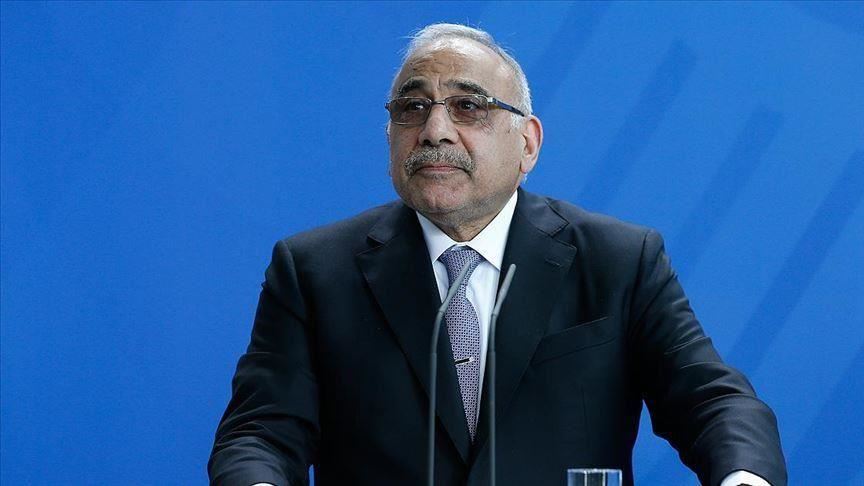 IRAQ ADOPTS ‘ZERO PROBLEMS’ POLICY VIS-À-VIS KUWAIT: PM
Iraq
24.05.2019
IRAQ ADOPTS ‘ZERO PROBLEMS’ POLICY VIS-À-VIS KUWAIT: PM
Iraq
24.05.2019
- BULGARIA STARTS FORMAL PROCESS TO FIND INVESTOR FOR BELENE PROJECT The Balkans 24.05.2019
- GEORGIAN DEFENCE MINISTRY: ‘IN THE FUTURE WE ONLY WELCOME US BASES IN GEORGIA The Caucasus and Turkish-Armenian Relations 24.05.2019
- UN CALLS FOR PREVENTING ISIS FROM REGAINING FOOTHOLD IN IRAQ Iraq 24.05.2019
- ROMANIA: THE REFERENDUM AND THE EU ISOLATION THREAT The Balkans 24.05.2019
-
19.04.2024
Türk-Ermeni İlişkileri Üzerine Ömer Engin Lütem Konferansları 2023 -
11.04.2023
Türk-Ermeni İlişkileri Üzerine Ömer Engin Lütem Konferansları 2022 -
27.03.2023
RADİKAL ERMENİ UNSURLARCA GERÇEKLEŞTİRİLEN MEZALİMLER VE VANDALİZM -
17.03.2023
PATRIOTISM PERVERTED -
23.02.2023
MEN ARE LIKE THAT -
03.02.2023
BAKÜ-TİFLİS-CEYHAN BORU HATTININ YAŞANAN TARİHİ -
16.12.2022
INTERNATIONAL SCHOLARS ON THE EVENTS OF 1915 -
07.12.2022
FAKE PHOTOS AND THE ARMENIAN PROPAGANDA -
07.12.2022
ERMENİ PROPAGANDASI VE SAHTE RESİMLER -
30.03.2022
Türk-Ermeni İlişkileri Üzerine Ömer Engin Lütem Konferansları 2021 -
01.01.2022
A Letter From Japan - Strategically Mum: The Silence of the Armenians -
01.01.2022
Japonya'dan Bir Mektup - Stratejik Suskunluk: Ermenilerin Sessizliği -
11.02.2021
Türk-Ermeni Uyuşmazlığı Üzerine Ömer Engin Lütem Konferansları 2020 -
03.06.2020
Anastas Mikoyan: Confessions of an Armenian Bolshevik -
08.04.2020
Sovyet Sonrası Ukrayna’da Devlet, Toplum ve Siyaset - Değişen Dinamikler, Dönüşen Kimlikler -
18.03.2020
Türk-Ermeni Uyuşmazlığı Üzerine Ömer Engin Lütem Konferansları 2019 -
08.03.2019
Türk-Ermeni Uyuşmazlığı Üzerine Ömer Engin Lütem Konferansları 2018 -
12.06.2018
Ermeni Sorunuyla İlgili İngiliz Belgeleri (1912-1923) - British Documents on Armenian Question (1912-1923) -
02.12.2016
Turkish-Russian Academics: A Historical Study on the Caucasus -
01.07.2016
Gürcistan'daki Müslüman Topluluklar: Azınlık Hakları, Kimlik, Siyaset -
10.03.2016
Armenian Diaspora: Diaspora, State and the Imagination of the Republic of Armenia -
24.01.2016
Ermeni Sorunu Temel Bilgi ve Belgeler (2. Baskı)
-
AVİM Conference Hall 24.01.2023
CONFERENCE TITLED “HUNGARY’S PERSPECTIVES ON THE TURKIC WORLD"


